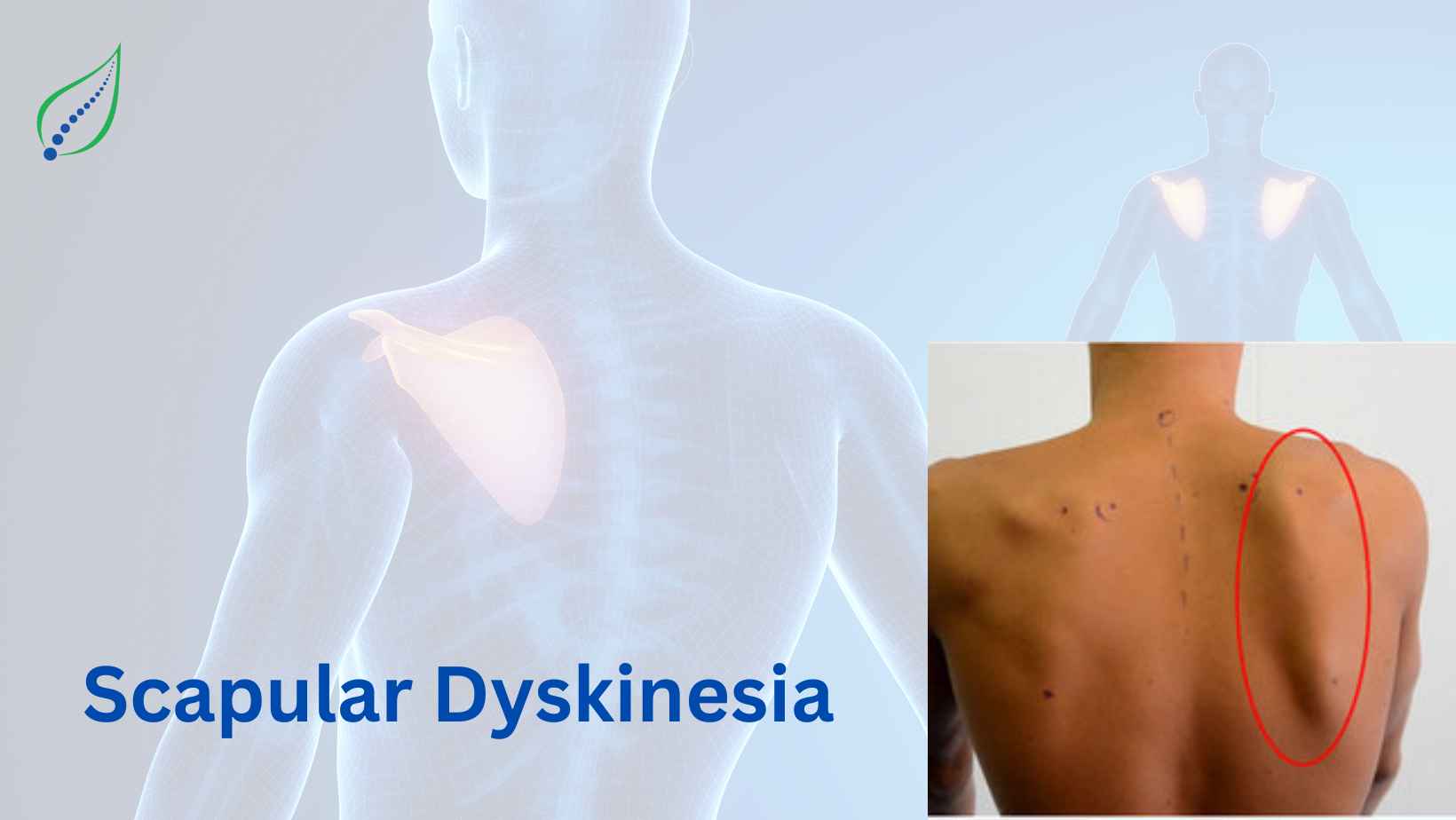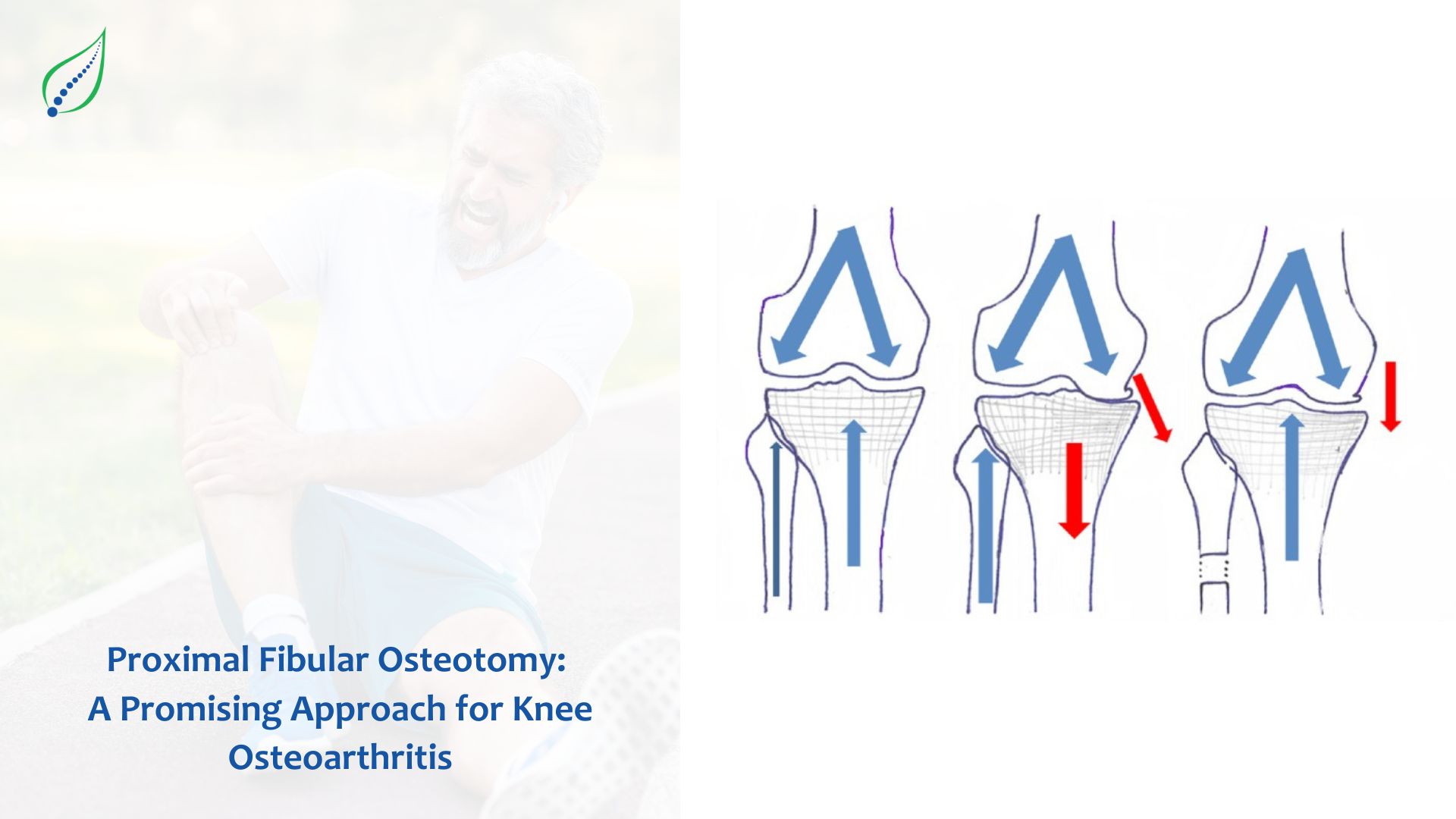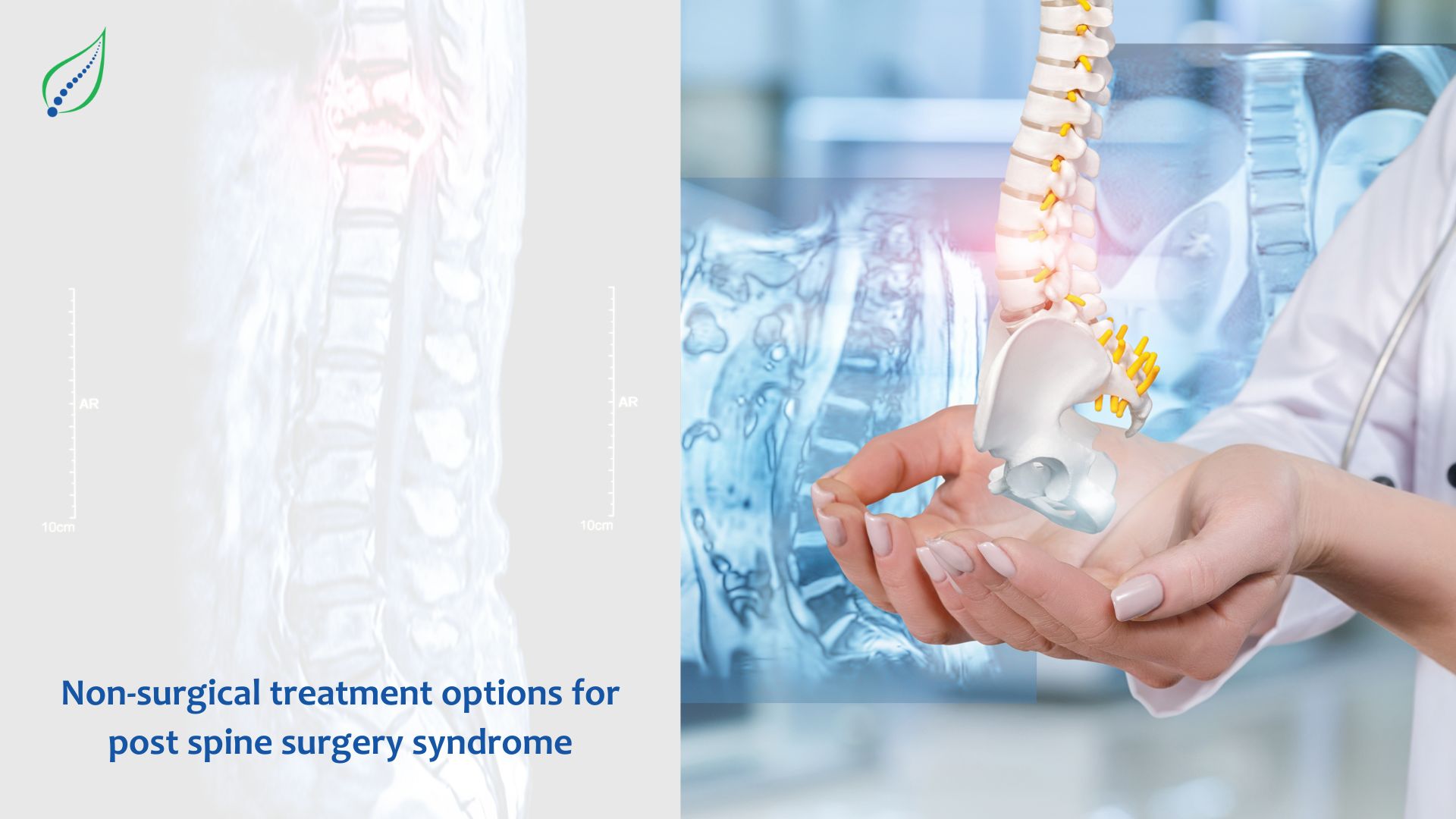Scapular Dyskinesis
The most important muscles responsible for the stabilization of scapular movement are Trapezius and the Serratus anterior. Rhomboids are also assisting the scapular stabilization and control the medial and lateral scapular movements.
The acronym SICK is associated with scapular dyskinesis and is a severe form of the same. The onset of this syndrome is insidious and is often accompanied by the dropping of the shoulder. This syndrome if left untreated for too long can make the shoulder prone to further injuries. The full form of SICK is:
Scapular mal positioning
Inferior medial border prominence
Coracoid pain and malposition
Kinesis abnormalities of the scapula
The syndrome is associated with repetitive motion of the upper shoulder area and arms and happens due to overuse.
The symptoms of SICK syndrome are anterior shoulder pain, posterior superior scapular pain, and proximal lateral arm pain.
Diagnostic Procedures
The clinical diagnostic procedure for scapular dyskinesis is known as the scapular dyskinesis test (SDT). The arm is elevated several times and a medical professional makes keen observations of it to make an assessment of the condition.
The scapular retraction test is another diagnostic procedure that makes an assessment of baseline ROM and pain. X-ray or MRI may be useful to identify other injuries or pathology within the shoulder that lead to the dysfunction. Your Doctor may suggest NCV or EMG studies to evaluate the extent of nerve and muscle damage. This can help in treatment part.
Treatment:
Non-Steroidal Anti-Inflammatory drugs are useful in tackling pain due to inflammation. Muscle relaxants in relieving pain due to muscle spasms. Most of the patient respond well to manual therapies which include mild to moderate exercises to restore mobility in the scapular dynamics. The grade 4 joint mobilization aims at reducing posterior capsule tension. These movements are of a very slow oscillation and are performed by a professional therapist.
Core stability exercises are also very important for reducing pain and strengthening the muscles. Physical therapy helps in managing symptoms.
Postural corrections and lifestyle changes will help in stabilization of scapular muscles.




